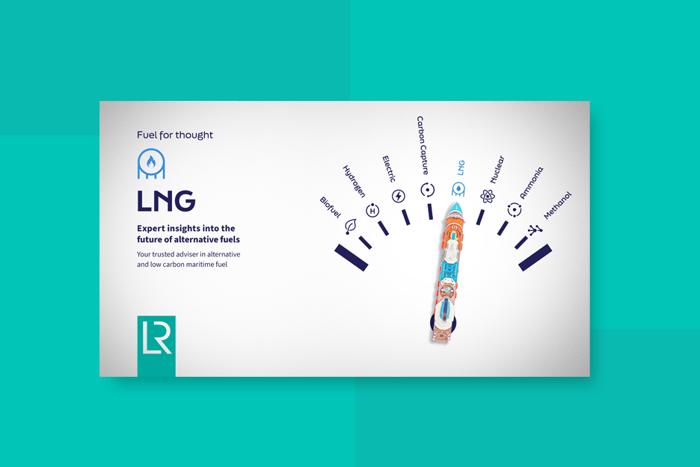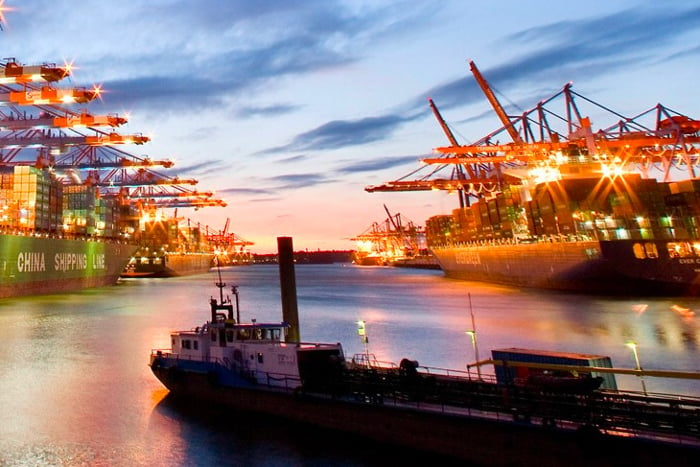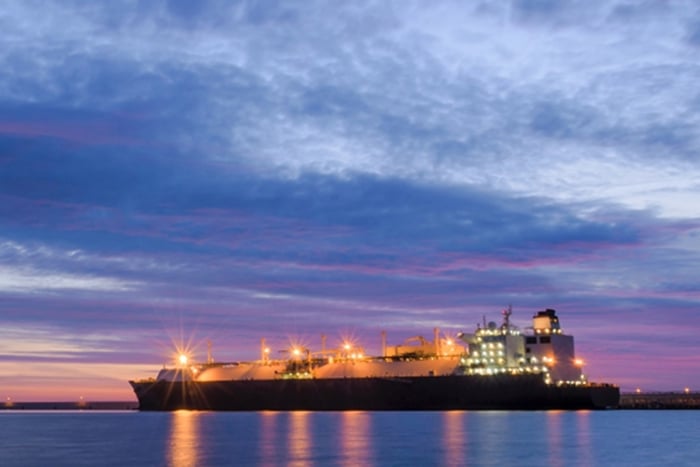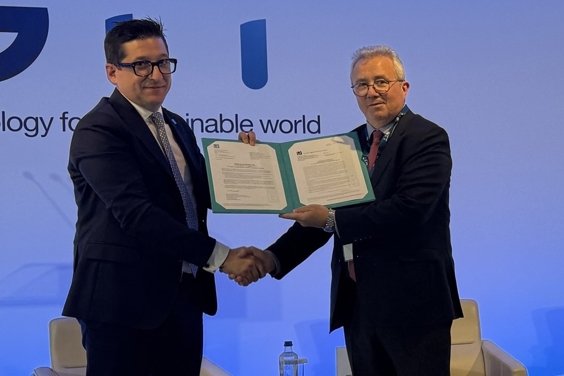Understanding LNG as a marine fuel
LNG (Liquefied Natural Gas) is increasingly being adopted as a fuel for shipping due to its potential to significantly reduce emissions, making it a more environmentally friendly option compared to traditional marine fuels.
The maritime industry is exploring LNG as part of its strategy to move towards greener and more sustainable operations. This shift is driven by the need to comply with international regulations aimed at reducing greenhouse gas emissions from ships and the industry’s commitment to environmental goals.
Advantages LNG fuelled ships
The use of LNG as a marine fuel offers several benefits, including reduced Emissions: LNG combustion produces lower levels of sulphur oxides (SOx), nitrogen oxides (NOx), particulate matter, and carbon dioxide (CO2) compared to heavy fuel oil (HFO). LNG also meets the emission standards of the International Maritime Organization (IMO), including the global sulphur cap and the Emission Control Areas requirements.
LNG has a high energy content per unit volume, which can lead to improved fuel efficiency and longer voyages between refuelling. The development of LNG bunkering infrastructure is expanding, providing greater accessibility for ships to refuel at major ports worldwide.
The future of LNG shipping fuel: Bunkering safety and future outlook
Ship designs and engine technologies are evolving to accommodate LNG fuel systems, including considerations for storage, safety, and handling of cryogenic LNG. However, the initial investment for LNG-powered ships and the retrofitting of existing vessels can also be significant factors to consider.
LNG is a potential transitional fuel as the industry looks towards a carbon-neutral future. Advances in bio-LNG and synthetic LNG could align with the IMO’s long-term greenhouse gas reduction strategy.
Latest content, downloads and tools
Back to: Fuel for thought hub





















